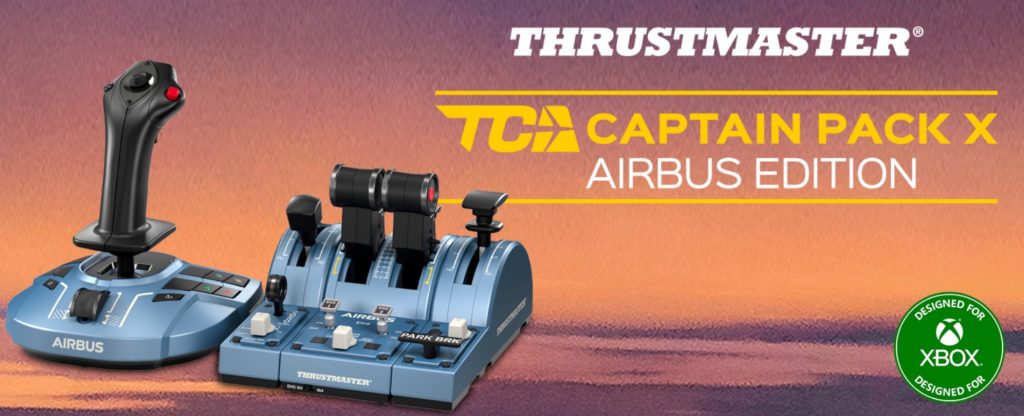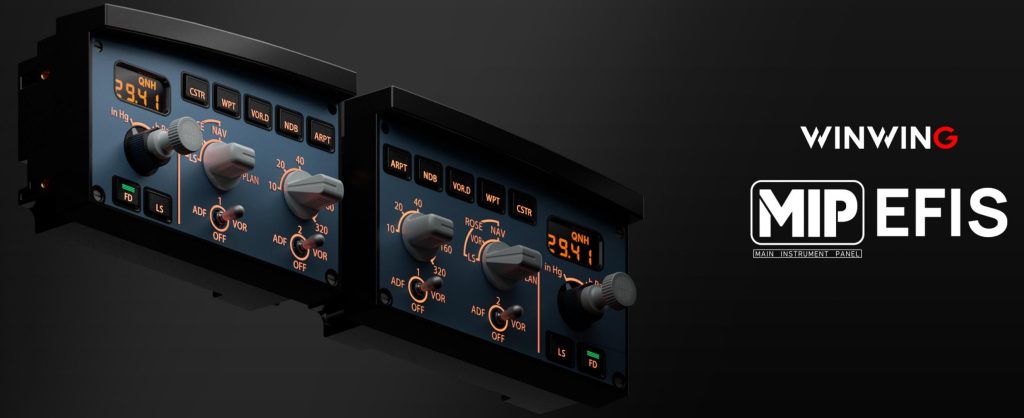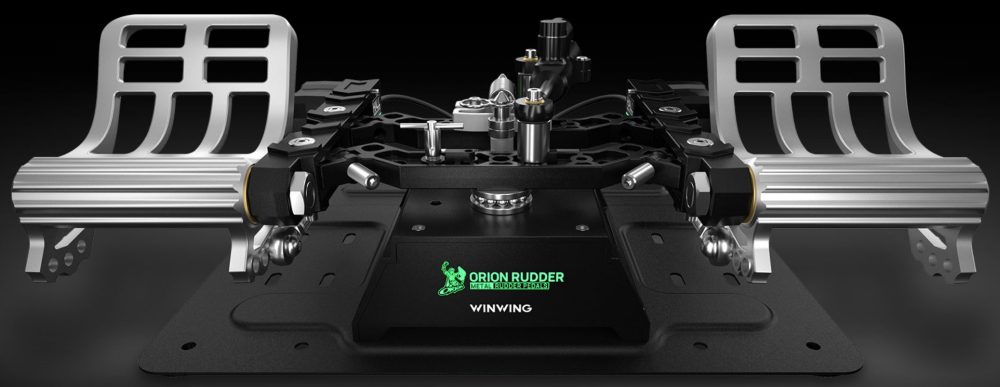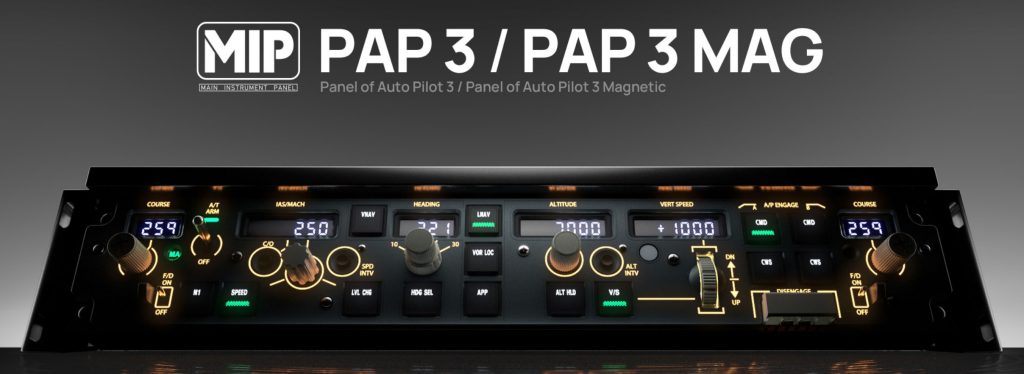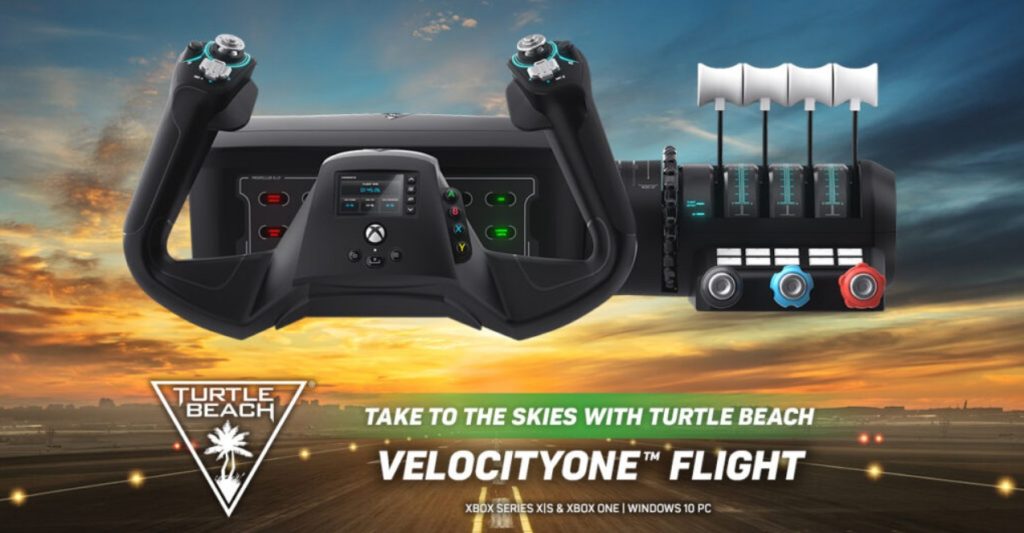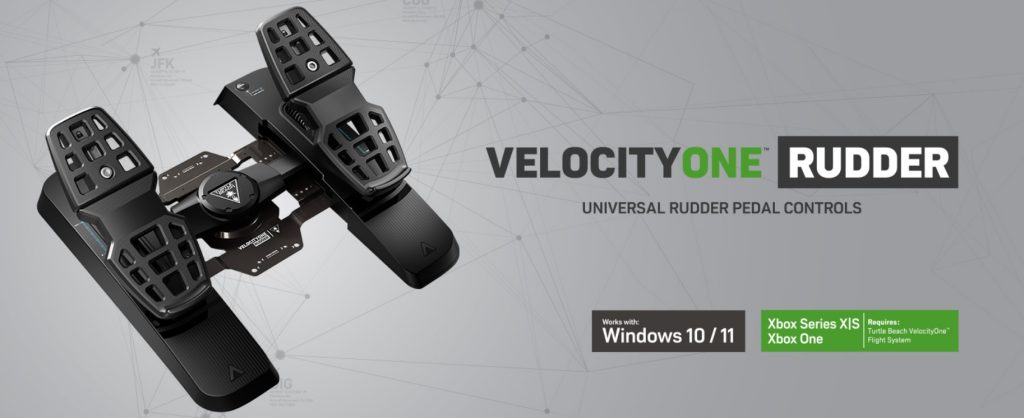Boeing’s Mode Control Panel (MCP) and Airbus’s Flight Control Unit (FCU) serve the same purpose—allowing pilots to control the autopilot, flight director, and autothrust systems—but they reflect distinct design philosophies.
The Boeing MCP features separate knobs and buttons for speed, heading, altitude, and vertical modes. Each function is explicitly selected, and changes are displayed on the Flight Mode Annunciator (FMA). This design emphasizes pilot authority and clarity: every mode must be chosen deliberately. Pilots manually manage transitions between modes such as VNAV, FLCH, and HDG, giving them direct control but also requiring more attention to mode selection.

The Airbus FCU, by contrast, integrates managed and selected modes within a simpler interface. Turning a knob changes a selected value, while pushing or pulling it toggles between managed (FMS-controlled) and selected (pilot-controlled) modes. This “push-pull” logic allows quick transitions between automation and manual control. Airbus’s system encourages use of the Flight Management System (FMS) to follow pre-programmed lateral and vertical profiles, promoting automation consistency and workload reduction.
Boeing’s philosophy favors explicit control and transparency, while Airbus’s design emphasizes automation management and pilot monitoring. Each approach has trade-offs: Boeing’s system minimizes ambiguity at the cost of higher pilot workload, whereas Airbus’s managed automation can reduce workload but increase dependence on FMS accuracy.
Ultimately, both systems are effective and safe when used correctly—they simply embody different philosophies of human–machine interaction: Boeing prioritizes pilot control, and Airbus prioritizes managed automation with easy override capability.
Boeing Mode Control Panel Hardware
The WINWING Panel of Autopilot 3 (PAP3) is a compact, affordable Boeing-style MCP (Mode Control Panel) aimed at home cockpit builders and flight-sim enthusiasts who want a realistic Collins-style control experience without the pro-sim price. In practice it’s a solid middle ground: noticeably more authentic than generic USB knobs but not quite on the level of high-end, hand-wired replica hardware.


Build & Feel
Physically the PAP3 impresses for its price. The housing is a full-size molded bezel with well laid-out pushbuttons, rotary encoders and a 5-position selector where appropriate. Button travel (approx. 3 mm) and the new “MAG” option for a magnetic feel on the autothrottle lever are commonly praised by owners — the MAG variant gives a firmer, more cockpit-like resistance. Expect good packaging and generally clean assembly out of the box.
Functionality & Displays
The unit exposes the usual MCP functions — speed, heading, altitude, VNAV/FLCH/HDG modes, flight directors and autopilot engage/disengage — with readable numeric displays and clear switch labelling. It’s designed to work with common airliner addons (PMDG, iFly, Zibo, etc.) either natively or via community profiles; several community profiles and plugins are available to map the PAP3 to specific aircraft. That said, full feature parity with every addon depends on third-party profiles or SimAppPro integration.
Software & Compatibility
WINWING provides firmware and SimAppPro tools; the company updates drivers and profiles regularly. Community threads show the PAP3 is largely plug-and-play for popular payware and freeware aircraft, but a few users report quirks (e.g., V/S readout mismatches or needing MobiFlight/third-party mapping for full functionality). Active community support and add-ons on Flightsim.to and AVSIM help fill compatibility gaps.

Performance & Ergonomics
In normal use the PAP3 is responsive, with smooth encoder action and reliable button presses. The displays are bright and readable; indicators match sim states in most tested configurations. For serious pro-sim builders, the unit won’t replace boutique CNC-machined replicas, but for casual to advanced simmers it delivers excellent value, especially when paired with community profiles.
Pros
• Strong value for money.
• Realistic layout and usable displays.
• MAG variant adds tactile realism.
• Good community and vendor support.
Cons
• May require third-party mapping for perfect integration with some payware.
• Not as heavy or tactile as high-end replicas.
• Occasional firmware/compatibility quirks reported.
Verdict
The WINWING PAP3 is a compelling MCP for simmers who want authentic 737-style autopilot control without spending a small fortune. It nails the look, offers useful functionality, and—thanks to active community profiles and regular firmware updates—works well with most major airliner addons. If you want a realistic MCP that balances cost and capability, the PAP3 is hard to beat; if you demand boutique build quality or out-of-the-box perfection for every payware title, budget time for mapping and tweaks.
Airbus Flight Control Unit Harware
The WINWING A320 EFIS-L & R with full-size FCU is a highly realistic Airbus-style control unit designed for home cockpit builders seeking an authentic A320 flight-deck experience. Built at a true 1:1 scale, it features solid construction, crisp tactile switches, and smooth rotary encoders that closely mimic the feel of real Airbus EFIS and FCU panels. Its segmented LCD displays are bright and easy to read, and the push/pull knobs accurately replicate Airbus’s managed and selected mode logic, making it far more immersive than mouse-driven cockpit controls.
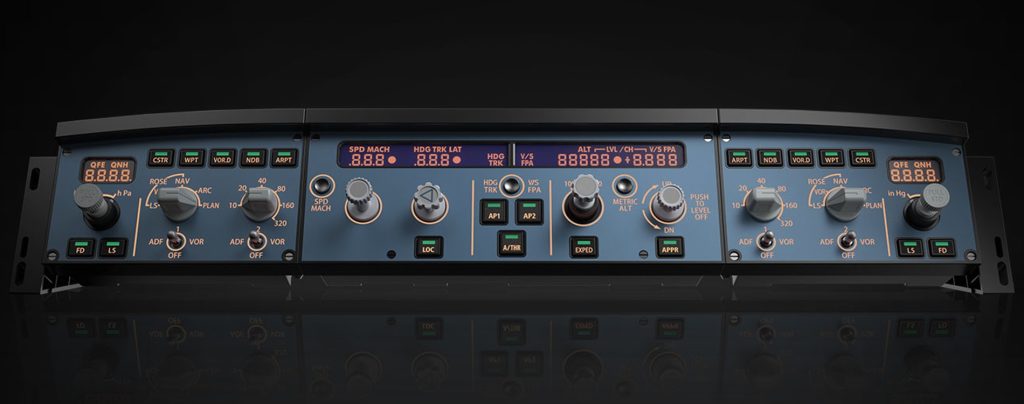

Build and Design
Right out of the box, the unit impresses with its full-scale 1:1 replication of the Airbus EFIS (Electronic Flight Instrument System) left and right modules plus the FCU (Flight Control Unit) interface. The chassis and bezel feel solid, the buttons and knobs have a good tactile feel, and the displays use segment-style LCDs in the correct amber/red hues. The product’s design is explicitly geared toward those wanting a realistic Airbus-style home cockpit which is commendable.
Mounting and construction are robust, though the unboxing revealed many screws, brackets and no printed manual, which may require patience for assembly. You’ll likely need to mount it either on a desk or in a cockpit frame, and cable management (USB-C plus internal SATA linking of modules) needs attention.
Functionality & Compatibility
Functionally, the unit promises compatibility with Airbus A320 aircraft add-ons in MSFS and X-Plane. The EFIS modules are designed to plug into the FCU via a SATA-type connector so that the whole unit works from a single USB connection. The knobs control range and display modes, the rotary encoders and push/pull knobs mimic the real aircraft’s behaviour, and the LCDs reflect the appropriate values.
Users report that with correct setup (including the vendor’s SimAppPro driver/firmware) the unit works well with major community aircraft like the FlyByWire A320NX. So while compatibility is good, it may require firmware updates, community profiles (Mobiflight etc) or some tweaking.

User Experience & Ergonomics
In day-to-day use the physical controls feel good: knobs have detents, switch travel is realistic, buttons are crisp. The displays are easy to read, and having a dedicated EFIS module (left and right) really enhances immersion—configuring range, VOR/ADF selectors, etc is far more satisfying than clicking with a mouse. The visual and tactile fidelity add a lot to the cockpit feel.
On the other hand, setup is not completely plug-and-play for everyone. The lack of a printed manual, the need to link EFIS to FCU, and occasional mapping issues or software glitches mean some time investment is required. If you’re comfortable with DIY setup, configuration and possibly troubleshooting, the experience is very rewarding.
Pros
- High fidelity 1:1 scale Airbus aesthetic
- Good tactile controls and readable displays
- Compatible with major sim platforms and Airbus A320 series add-ons
- Good value compared to boutique hardware
Cons
- Requires time for assembly and setup
- Software/firmware and mapping quirks may surface
- Needs the FCU module to fully utilise the EFIS modules (cannot just plug EFIS alone)
- Some users experienced flicker or mismatch with certain add-ons
Verdict
If you’re a flight-sim enthusiast serious about building an Airbus-style cockpit and are prepared to invest some setup time, the WINWING A320 EFIS-L & R w/ FCU unit is highly recommended. It hits the sweet spot between cost, build quality and realism. If, however, you expect plug-and-play perfection with every add-on and minimal tweaking, you should budget for some setup time and community involvement. For the price and realism, this unit delivers a big step up from generic knobs.

